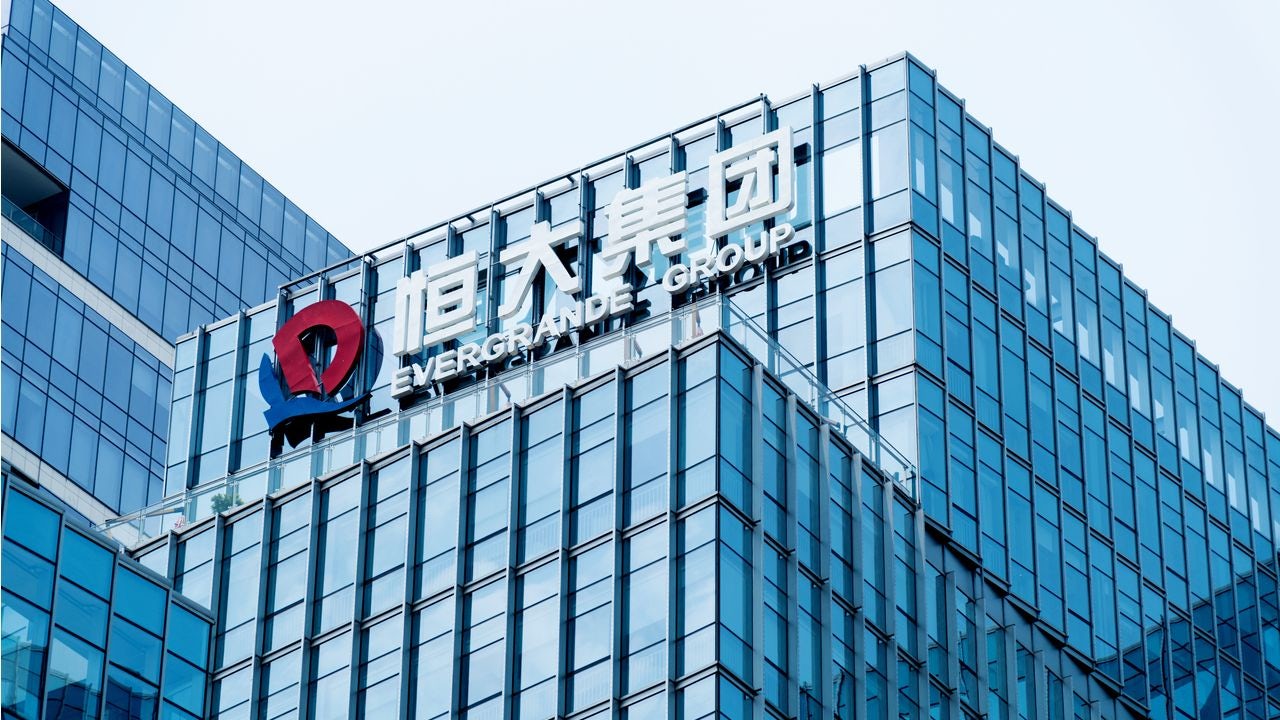Over the past week, the discovery of a new, highly mutated COVID-19 variant raised serious questions about how the retail landscape could look in the first quarter of 2022 and beyond, particularly for luxury brands that have welcomed a muted recovery over the past six months. Currently, it remains unclear how big a threat the new variant, Omicron, poses, and countries are scrambling to limit its possible spread. Yet if the variant is indeed as contagious and fast-moving as its predecessor, Delta, luxury could be in for a tough ride in key markets for many more months to come.
What a highly virulent new strain could mean is that the shifting of resources and emphasis to mainland China — a move that many luxury brands and groups made out of necessity in the second quarter of 2020 as the COVID-19 situation in China improved — could be here to stay well into 2022. And with Chinese consumers still doing a significant amount of their luxury shopping domestically, which in itself was a tectonic shift after years of doing much of their luxury shopping abroad, this means brands will need to rethink their investment strategy and balance of brick-and-mortar compared to e-commerce.
Yet there is reason to expect the retail landscape in China, even in the luxury segment, to be quite different in 2022 than it was in 2020. First, the market is becoming much more driven by smaller, more neighborhood-like stores than in years past, when large-scale flagship reigned supreme. Second, consumers — after two years of greater use of e-commerce to buy everything from groceries to luxury handbags — demand more from high-end retail in China, preferring boutiques that bridge the gap between on- and offline.
Now, consumers expect luxury brands to deliver more than simply the products sold at their boutiques, making experiential luxury critical to drive long-term sales and lure consumers back to physical stores. From Burberry’s social retail store in Shenzhen to Tiffany’s Blue Box Café at its Shanghai flagship store and Ralph Lauren’s coffee store (Ralph’s) in Beijing, brands must try harder to attract visitors interested in more than a quick transaction. This will remain the case in 2022 barring major COVID-19 outbreaks in China that could cause additional lockdowns or physical retail shutdowns.
“Winning brands will be those that build on their existing excellence while reimagining the future with an insurgent mindset,” states a recent Bain & Company report. “Luxury players will need to think boldly to rewrite the rules of the game.” Today this has never been more true.
While the world anxiously awaits more information about the Omicron variant, the stakes couldn’t be higher for luxury brands struggling to make plans for 2022. Will the situation improve in key markets like Europe or North America, helping them launch fully global marketing plans once again? Or will the China-leaning efforts of the last two years continue, albeit with increased focus on China’s luxury market, as the ongoing pandemic — in whatever shape or form — continues to wreak havoc on the best laid plans for global luxury and the world at large.


